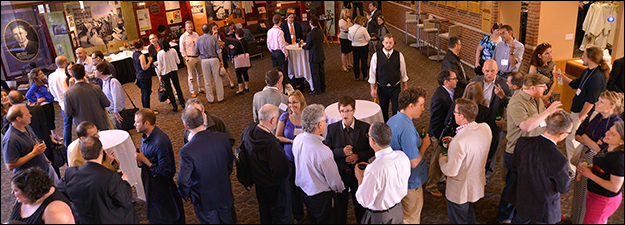The Factual and Symbolic Appearance of Animals in Medieval Literature and Imagination
Sponsoring Organization(s)
Interdisziplinäres Zentrum für Mittelalter-Studien (IZMS), Univ. Salzburg
Organizer Name
Ursula Bieber, Siegrid Schmidt
Organizer Affiliation
Interdisziplinäres Zentrum für Mittelalter-Studien, Univ. Salzburg, Univ. Salzburg
Presider Name
Ursula Bieber
Paper Title 1
Tiere, Monstren und Monstrositäten in den Kampfschriften der Reformationszeit
Presenter 1 Name
Winfried Frey
Presenter 1 Affiliation
Johann Wolfgang Goethe-Univ. Frankfurt am Main
Paper Title 2
Christine de Pizan and Her Little Dog: Humanist Icon, or Reality?
Presenter 2 Name
Dominique Hoche
Presenter 2 Affiliation
West Liberty Univ.
Paper Title 3
The Symbolism of the Panther in Shota Rustaveli's The Man in the Panther Skin
Presenter 3 Name
Bert Beynen
Presenter 3 Affiliation
Osher Lifelong Learning Institute, Temple Univ.
Paper Title 4
Animal Vernaculars: Reading the Bestiary's Animal Image
Presenter 4 Name
Jessica Wong
Presenter 4 Affiliation
Univ. of Illinois-Urbana-Champaign
Start Date
16-5-2015 10:00 AM
Session Location
Schneider 2345
Description
The Factual and Symbolic Appearance of Animals in Medieval Imagination
Animals, both real and fantastic, were and are still an important part of human’s living world; they play an integral role in everyday life and thoughts.
The relationship between man and beast in Middle Ages and early modern times brings us to several interdisciplinary discussions with a diversity of interpretations, the depiction in manuscripts and function of animal in religious, cultural and socio-economic or legal contexts.
In this section we would like to follow the traces of animals in their ambivalent significance, such as a symbol in religious-theological discourse, as motives and characters in literature, music and art; as an example of symbolic representation and most generally in every-day-culture. (Ursula Bieber)
The Factual and Symbolic Appearance of Animals in Medieval Literature and Imagination
Schneider 2345
The Factual and Symbolic Appearance of Animals in Medieval Imagination
Animals, both real and fantastic, were and are still an important part of human’s living world; they play an integral role in everyday life and thoughts.
The relationship between man and beast in Middle Ages and early modern times brings us to several interdisciplinary discussions with a diversity of interpretations, the depiction in manuscripts and function of animal in religious, cultural and socio-economic or legal contexts.
In this section we would like to follow the traces of animals in their ambivalent significance, such as a symbol in religious-theological discourse, as motives and characters in literature, music and art; as an example of symbolic representation and most generally in every-day-culture. (Ursula Bieber)


